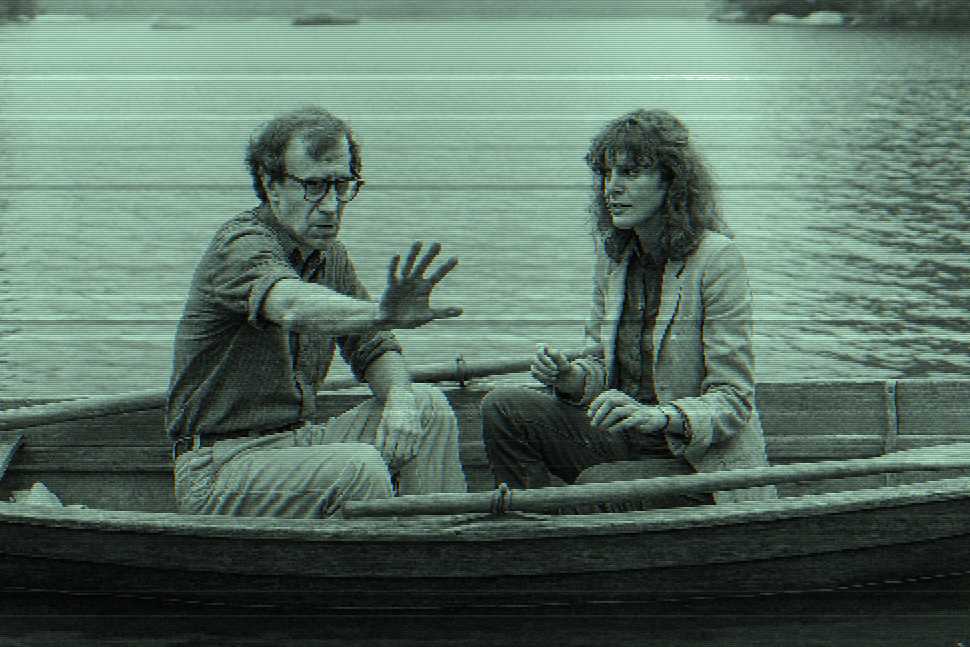
Manhattan 1979
This transmission occurs in a large Earth city composed mostly of bridges, fog, and personal dissatisfaction. Humans there navigate relationships through long conversations, literary references, and highly specific complaints. No one seems happy, but everyone seems articulate about it.
The central male is a television writer who dislikes television and has recently left one woman to date a 17-year-old schoolgirl. He insists the relationship is “temporary,” though he also insists on controlling it. When his married friend begins an affair with another woman, the writer becomes indignant — not for moral reasons, but because he later decides he wants that woman for himself.
Relationships shift rapidly. The writer leaves the girl for the woman, the woman returns to the married man, and the girl leaves for another country. This causes regret, which is expressed slowly and with self-importance in a black-and-white visual format. Music by Gershwin plays often, as if trying to elevate the confusion into something timeless.
Most humans depicted seem to believe that speaking honestly about their flaws exempts them from the consequences. Emotional pain is experienced in cafés, museums, and park benches, but rarely leads to insight. The pattern is circular, polished, and unexamined.
Conclusion: These humans treat love as both a performance and a diagnosis. They intellectualize their mistakes, then repeat them with slightly better vocabulary. Growth is attempted, but rarely completed.
Nebulon should note: if Earth’s elite urban units are distracted by art, monologue, and ethically questionable dating habits, infiltration may not require cloaking. Just quote a philosopher and bring a saxophone. They will let you in.
